1. Joe Namath in Beautymist Pantyhose
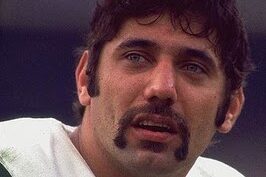
Seeing football legend Joe Namath lounging in pantyhose for a Beautymist commercial was a shock in the ’70s, and it would raise eyebrows for a whole different reason today. The ad tried to be edgy by putting a masculine icon in a product meant for women, but it came off as more gimmick than statement shares ESPN.
Nowadays, critics would call it tone-deaf and accuse it of exploiting gender stereotypes instead of challenging them. It was clearly designed to be provocative, but the joke at the center feels outdated now. There’s also a weird undertone of using a man’s body to sell something primarily marketed to women, which just wouldn’t fly. The internet would have a field day picking it apart. Namath later admitted he wasn’t even totally sure what message it was supposed to send. It’s safe to say this one wouldn’t make it past today’s marketing teams adds AL.com.
2. Pepsi’s “Live for Now” with Kendall Jenner
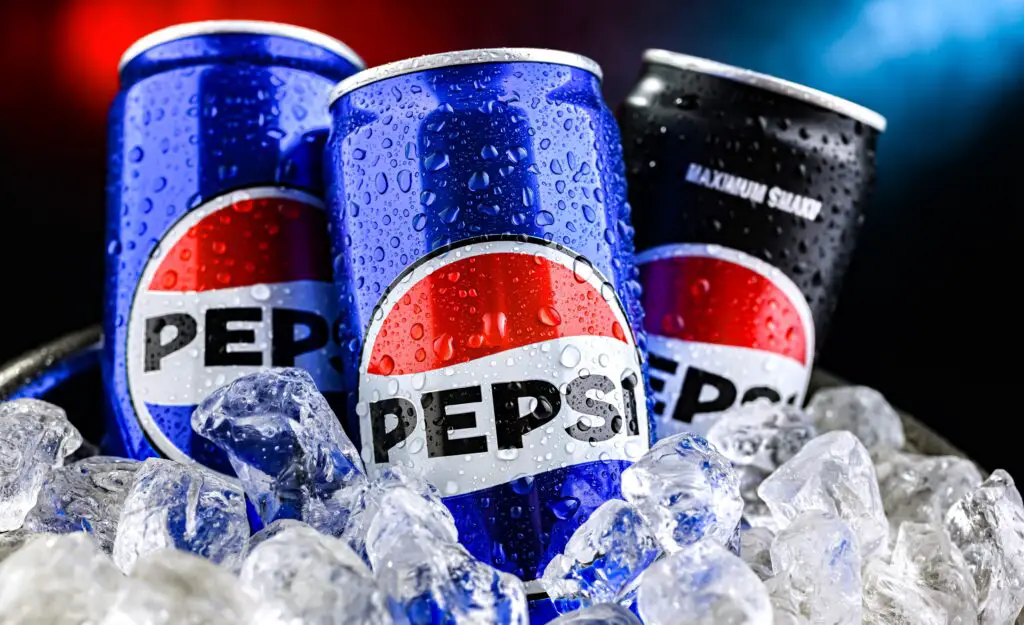
This one’s not from decades ago, but it caused such a stir that it may as well have come from another world. Pepsi released a commercial in 2017 featuring Kendall Jenner handing a police officer a soda during a protest, and somehow, they thought that was a good idea. The ad was meant to suggest unity and peace, but instead, it came off like it was trivializing real-life activism and civil rights protests says NBC News.
The backlash was immediate and fierce, with people calling out the brand for tone-deaf messaging and reducing serious issues to a soda moment. The ad was pulled within 24 hours, and even Jenner expressed regret over her involvement. Today, with the public being more aware and vocal than ever, something like this wouldn’t even get past the concept stage. It’s a perfect example of how brands need to read the room before pushing out content. That one misstep can follow them for years shares WIRED.
3. Folgers Incest Vibe Ad
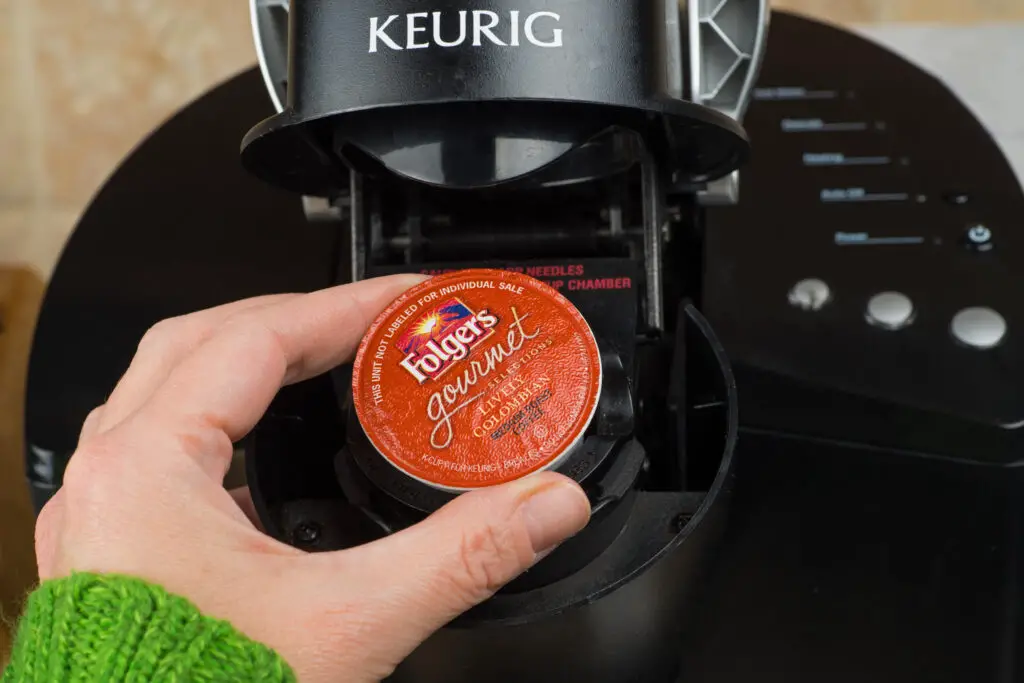
Remember that Folgers commercial where the brother comes home from Africa and his sister greets him like he’s more than just family? Yeah… that one. It was meant to be heartwarming, but the tone, the looks, and the odd pauses made people more uncomfortable than cozy. It quickly went viral for all the wrong reasons and still gets referenced when people talk about weird ad choices.
While it never directly crossed a line, the subtext was just awkward enough to leave a bad taste in viewers’ mouths. In today’s ultra-aware advertising world, companies are much more careful about optics and implications. This one would probably be flagged in the script phase, with someone in the room saying, “Hey, uh, is this… weird?” And yes, yes it is. No amount of coffee can make that ad feel normal.
4. McDonald’s “Dead Dad” Ad
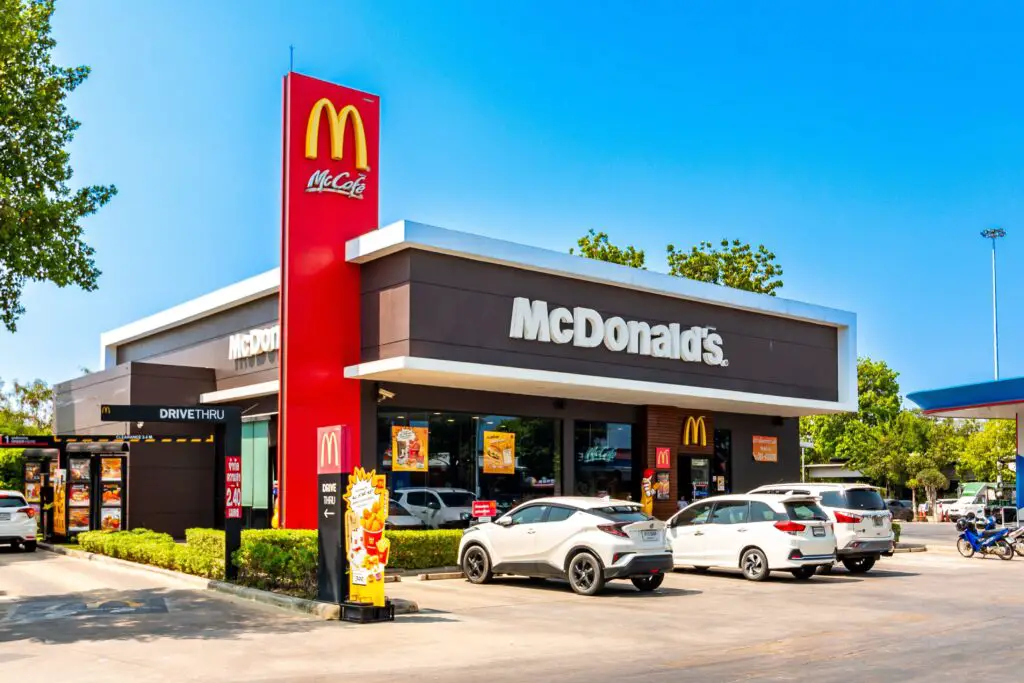
In the UK, McDonald’s once ran a commercial that featured a boy asking about his deceased father. He doesn’t feel like he has much in common with him, until his mom tells him they both loved the same McDonald’s sandwich. Yep, the emotional climax of the ad is centered around filet-o-fish. Viewers were not having it.
The backlash was swift, with people accusing the brand of using grief and loss to sell fast food. It struck a nerve because grief is deeply personal, and turning it into a marketing tool felt exploitative. The ad was pulled, and McDonald’s apologized, but the damage had been done. Today’s audiences expect more sensitivity, especially when dealing with heavy topics. Trying to link a fish sandwich with fatherly love just doesn’t work.
5. Sprite’s “Obey Your Thirst” with Misogyny
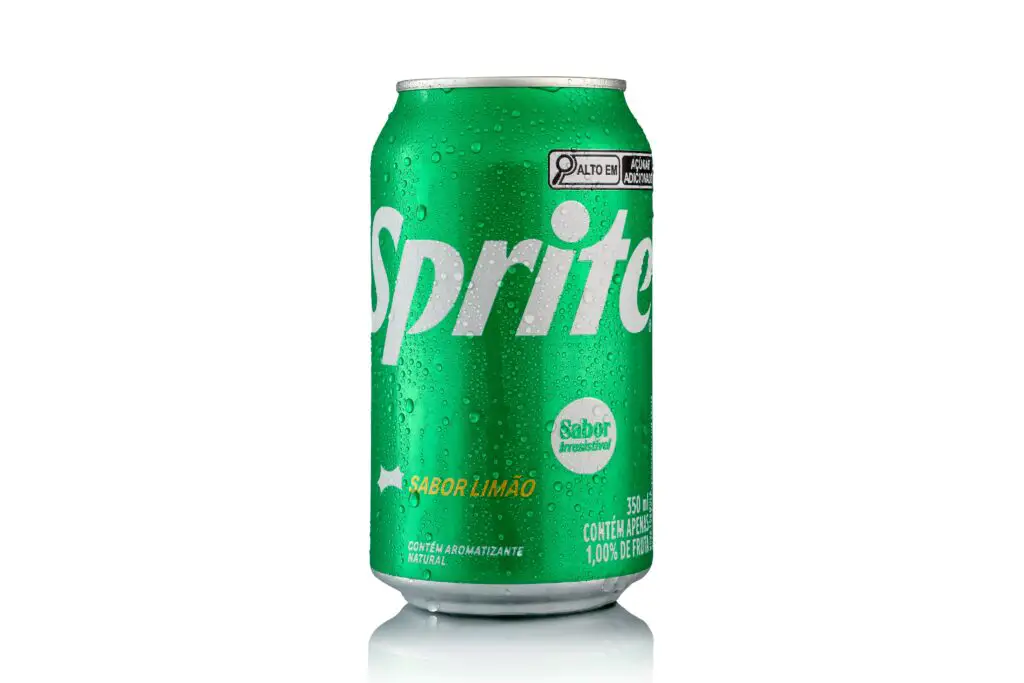
Sprite had a run of ads in the ’90s and early 2000s that were heavy on hip-hop and light on sensitivity. One in particular featured rappers dissing women in extremely crude ways, with lines that would definitely get muted in 2025. Back then, it passed as edgy, but now it reads as outright offensive.
The casual sexism in these ads wasn’t unusual for the time, which says a lot about how far things have come. Today’s audiences demand respect and inclusivity, especially from major brands. Ads like this would face instant criticism and probably get pulled within hours. What once was cool now feels cringe. And if you’re marketing a lemon-lime soda, maybe don’t lead with objectification.
6. Ayds Diet Candy
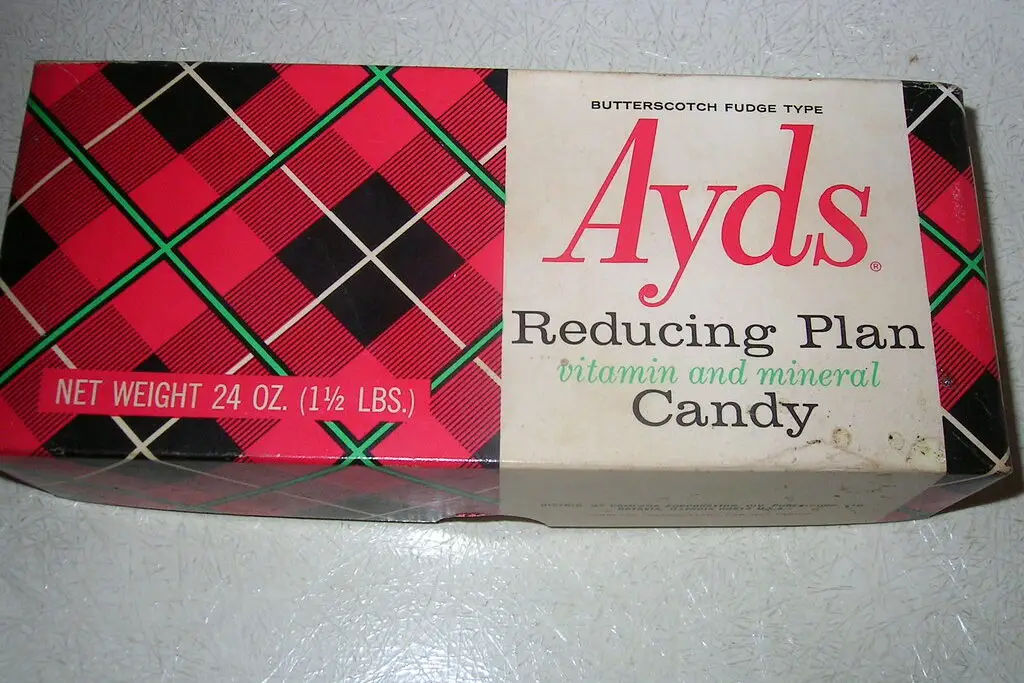
It’s almost hard to believe this was real, but there was a diet candy in the ’70s and ’80s called Ayds. It was a chewy caramel treat meant to suppress appetite, and its ads proudly promoted the name. Unfortunately, as the AIDS crisis hit in the ’80s, the name took on a horrifying new association. The company tried to change the name, but by then, the damage was done.
Even beyond the unfortunate branding, diet candies marketed with such casual disregard for health consequences wouldn’t be embraced today. We’re a lot more conscious about eating disorders, toxic beauty standards, and misleading weight loss claims. Any product using a name that echoes a deadly disease—and then keeps it—would be seen as not just tone-deaf but offensive. It’s a relic of a time when advertising didn’t have to answer to social media within seconds.
7. The “Keep Her Where She Belongs” Hoover Ad
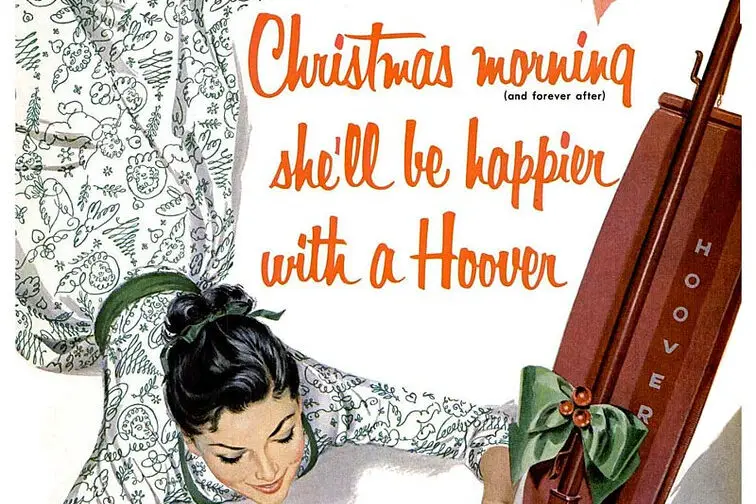
In the ’50s and ’60s, it wasn’t unusual to see women in ads being portrayed as domestic servants to their husbands. But the Hoover vacuum ad with the line “Christmas morning she’ll be happier with a Hoover” and “Keep her where she belongs” feels like a slap in the face now. It suggests a woman’s place is in the home, cleaning, smiling, and thankful for a vacuum.
Even back then, some probably rolled their eyes, but today, this would be considered flat-out misogynistic. No brand in their right mind would try to sell household appliances with language that reduces women to domestic roles. Gender equality and representation have come a long way, and ads like this show just how much work there was to do. It’s laughable and infuriating all at once.
8. Calvin Klein’s Child-Like Photo Shoots
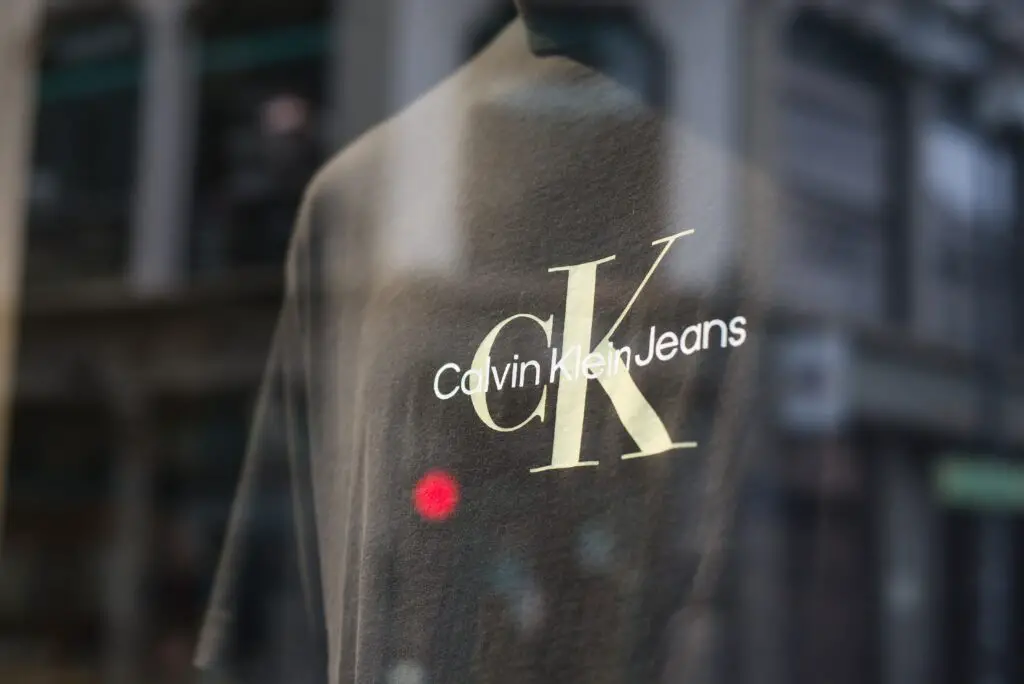
In the mid-’90s, Calvin Klein released a series of ads that looked more like casting calls for a horror film than a jeans campaign. Young-looking models—some actually minors—posed in dingy, voyeuristic settings with creepy voiceovers asking them suggestive questions. The whole thing sparked a huge controversy and even got the FBI involved to investigate if any laws were broken.
While nothing illegal was found, the ads were pulled and Calvin Klein issued an apology. Today, this would be reported and removed immediately, with a viral wave of criticism following close behind. Brands are held accountable not only for what they show but how it feels, and this campaign felt all wrong. What once was brushed off as “artsy” now reads as exploitative and disturbing. No one wants to see kids in ads that feel like outtakes from a true crime doc.
9. Coca-Cola’s “America the Beautiful” Super Bowl Ad
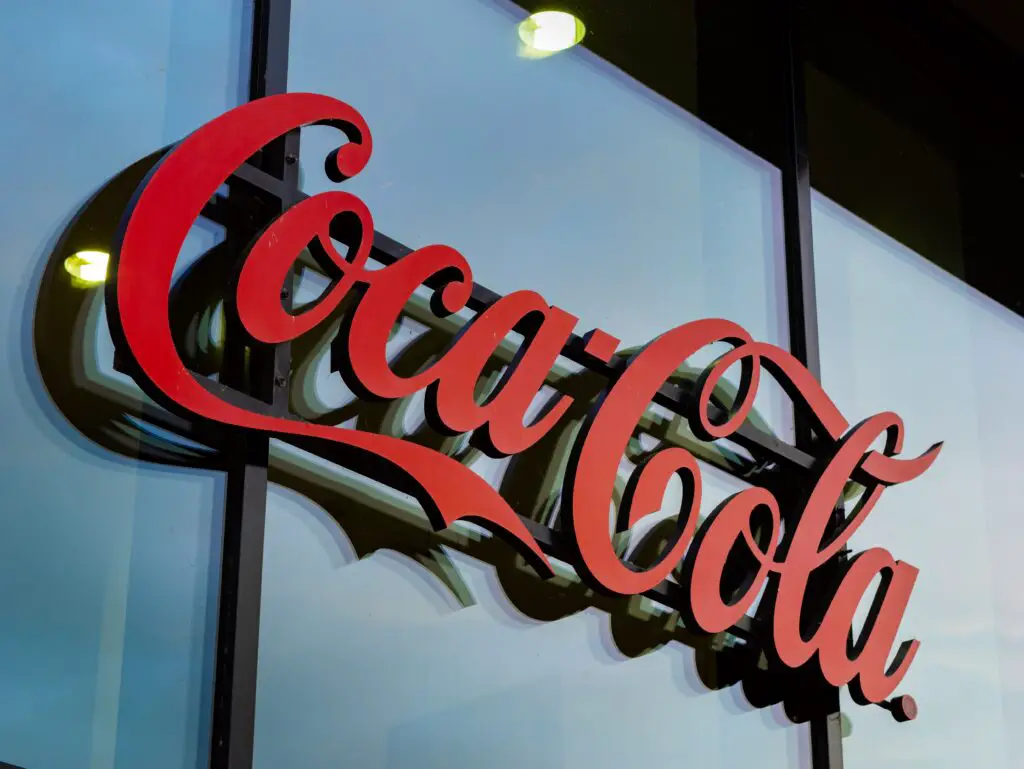
In 2014, Coca-Cola aired a Super Bowl commercial that featured “America the Beautiful” sung in multiple languages. It was a beautiful tribute to the country’s diversity, but you wouldn’t believe the backlash. Some viewers were outraged that the song wasn’t performed entirely in English, accusing the brand of being unpatriotic.
Today, this ad might still spark debate, but it also highlights how quickly people react when their idea of “American” is challenged. While the ad wouldn’t be banned, it would definitely get caught in the culture war crossfire. Ironically, it was meant to promote unity. But when patriotism and advertising mix, things can get heated fast. It’s a reminder of how language and identity are still hot-button issues.
10. Skittles’ “Mother’s Day” Ad
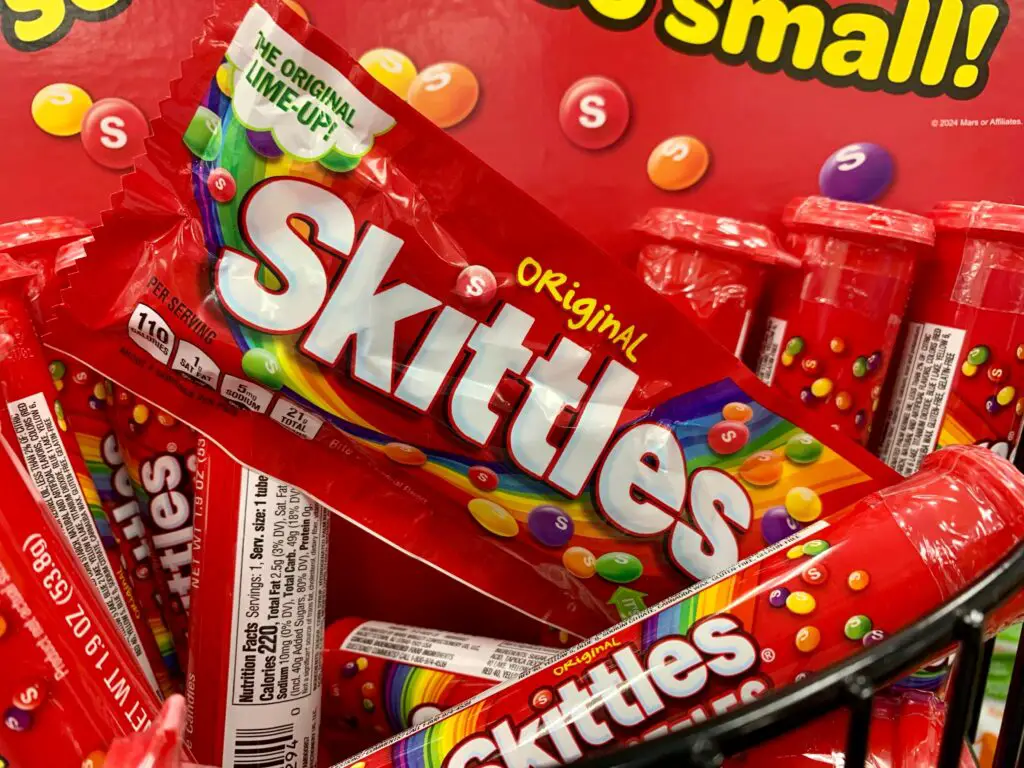
Skittles once ran a commercial in which a grown man and his mother shared a very awkward and graphic moment involving a giant umbilical cord. The idea was that they were so close, they’d never really separated—even while eating Skittles. It was more weird than offensive, but it definitely crossed the line into “What were they thinking?” territory.
Gross-out humor has always been a part of advertising, but this one leaned a little too far into the bizarre. It left people feeling more confused than amused, and most just wanted to forget it. Today’s brands are more careful about where to draw the line between edgy and downright disturbing. If you need a gag to sell candy, maybe skip the umbilical cord. That’s not exactly rainbow-themed joy.
11. The “You’re Not You When You’re Hungry” Misfire
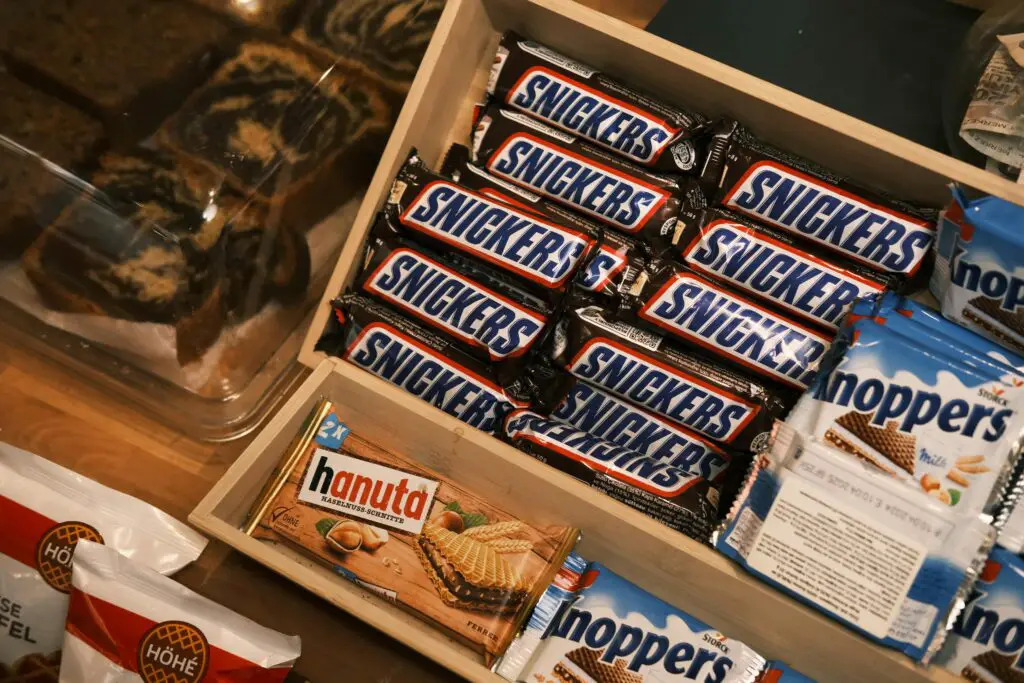
Snickers had a great run with their “You’re Not You When You’re Hungry” campaign, but one version from 2007 did not land well. It showed two men accidentally kissing after eating a Snickers bar, then immediately doing “manly” things to prove they weren’t gay. That punchline didn’t sit right with many viewers, who called it homophobic and outdated.
The backlash led to the ad being pulled quickly, and the company apologized, but it showed how easily humor can turn harmful. What was supposed to be lighthearted came off as judgmental and stereotypical. Nowadays, LGBTQ+ representation in ads is more common and more thoughtful. Jokes that hinge on discomfort with queerness don’t age well. And honestly, they were never funny to begin with.
12. The “Nair for Short Shorts” Jingle
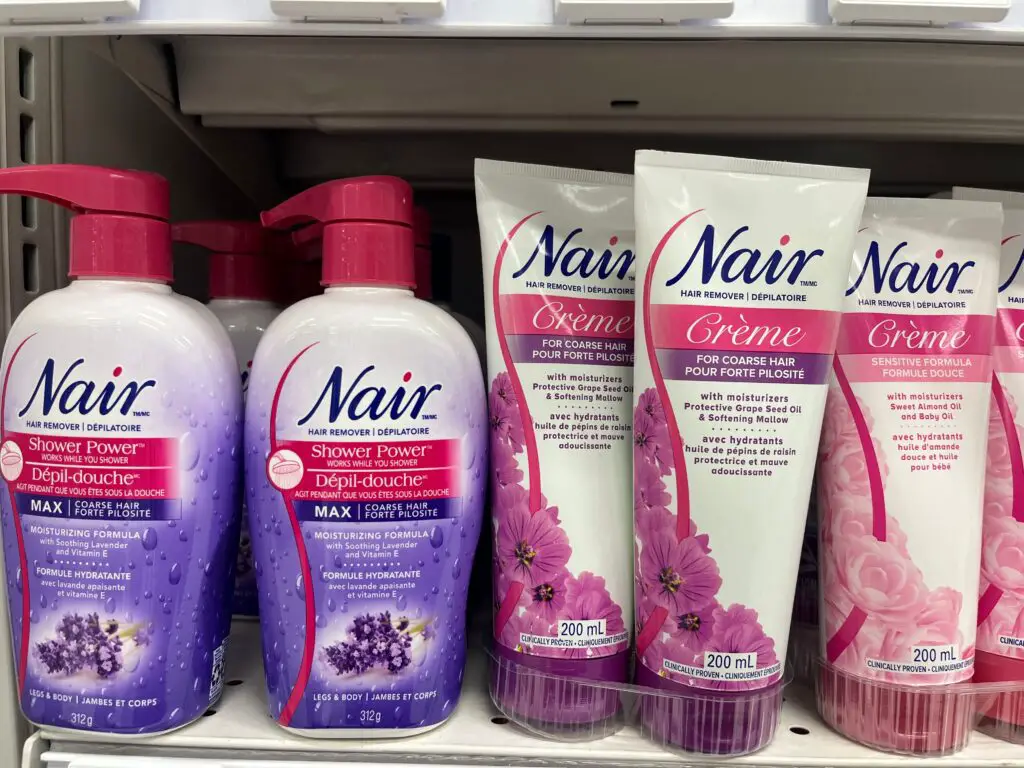
If you watched TV in the ’80s or ’90s, you probably have that “We wear short shorts” jingle burned into your memory. The Nair ads featured women in barely-there outfits prancing around after shaving their legs, all while the suggestive song played. The entire vibe was: hairless = hot, and hot = your only value. Subtle it was not.
These days, ads like that would get criticized for objectifying women and reinforcing outdated beauty standards. Body hair is no longer the taboo it once was, and there’s a lot more freedom in how people choose to present themselves. That jingle, while catchy, feels like a relic of a time when commercials told women exactly how to look and act. Most of us wouldn’t buy what they’re selling anymore. We’ve come a long way from shaving cream and shame.
13. The Taco Bell Chihuahua
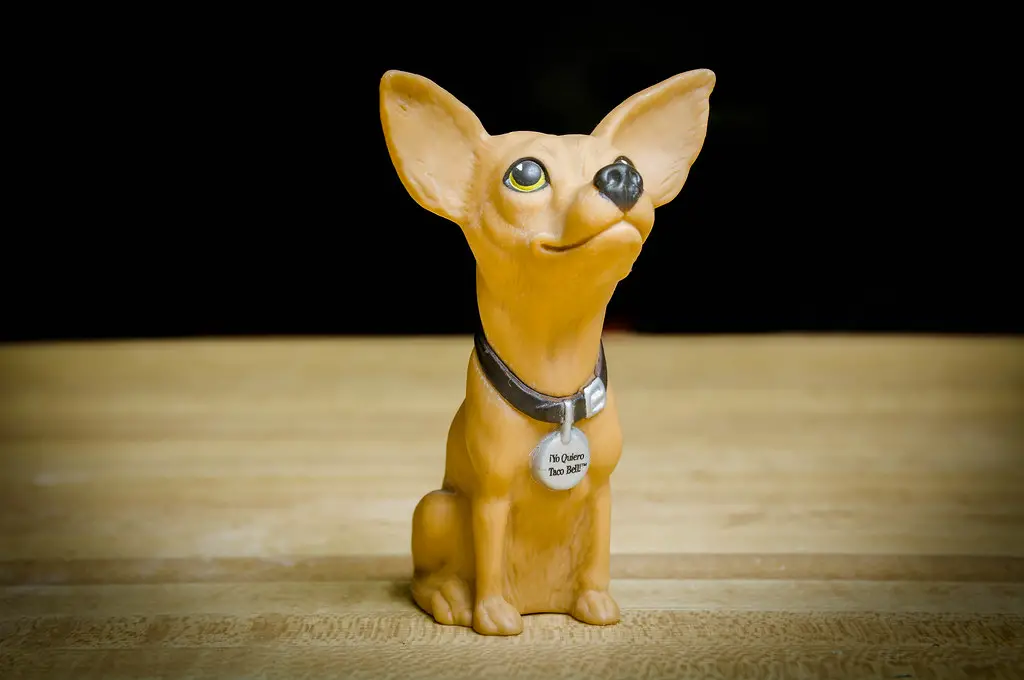
In the late ’90s, Taco Bell had a wildly popular ad campaign featuring a little Chihuahua saying “¡Yo quiero Taco Bell!” It was cute at first, but critics quickly pointed out that the campaign relied on racial stereotypes. The exaggerated accent and catchphrases turned into a caricature of Mexican culture, and many found it offensive.
Eventually, the campaign was pulled, partly because of declining sales and partly due to the backlash. Today, brands are a lot more cautious about how they depict cultures that aren’t their own. The line between cultural appreciation and appropriation is clearer than it used to be. A talking dog might be fine, but not when it’s the only representation of an entire ethnicity in your marketing. That’s just lazy branding.
14. The “Be a Pepper” Dr Pepper Ads
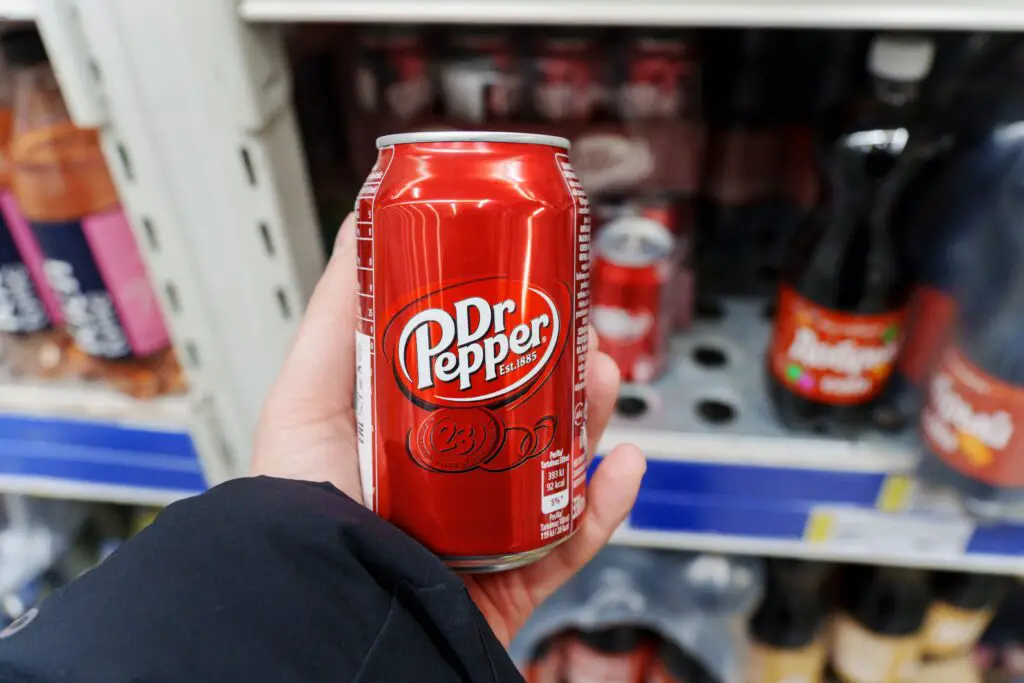
The Dr Pepper “Be a Pepper” campaign from the ’70s and ’80s had a jingle and dance routine that’s still catchy. But one ad from the series made headlines for all the wrong reasons when it showed only fit, white people dancing around in parks while the jingle played. It wasn’t so much offensive as it was tone-deaf and exclusionary.
If you ran that same ad today without diversity in casting or a broader representation of real people, the criticism would be swift. Audiences now expect to see themselves reflected in advertising, not just a narrow slice of idealized beauty. Brands know better than to suggest only a certain kind of person gets to enjoy a soda. That kind of oversight would tank an ad campaign fast. It’s not just about who’s dancing—it’s about who’s being left out.
15. Weight Watchers “Before and After” Shame Tactics
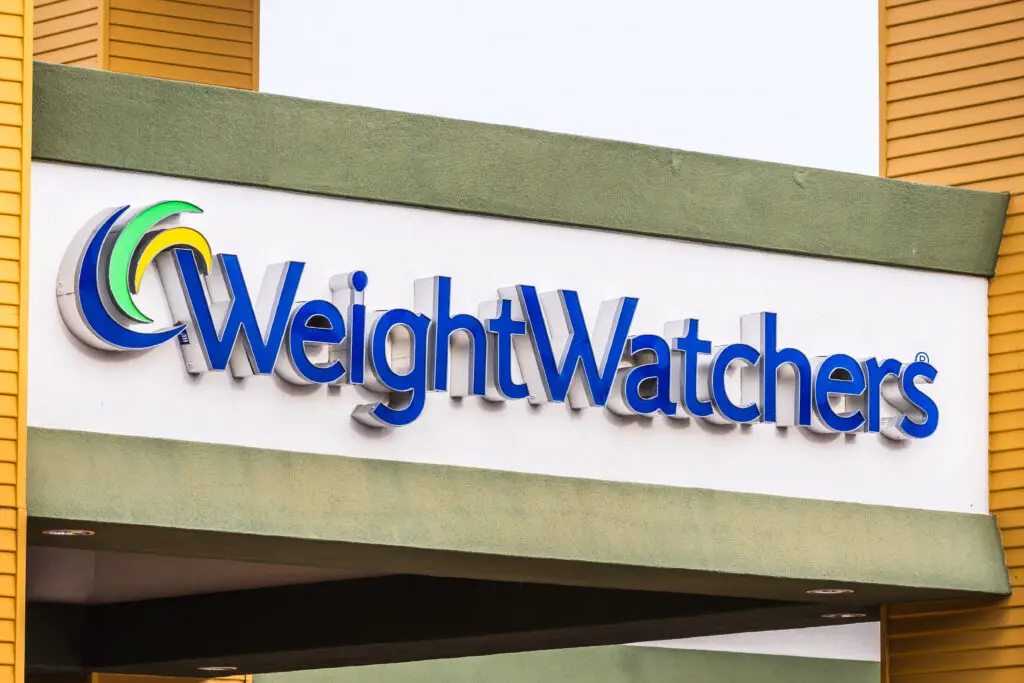
Weight loss commercials from the ’90s and early 2000s often used the classic “before and after” format, but some Weight Watchers ads really leaned into body shaming. The “before” was always shot in bad lighting, with unflattering angles, and paired with sad music. The “after” showed a smiling, thinner version of the person, as if weight alone determined happiness.
This kind of messaging wouldn’t fly today, especially with growing awareness around body positivity and mental health. People are pushing back against the idea that worth is tied to appearance. While the intent might have been to motivate, the effect was often harmful and demoralizing. These days, successful wellness campaigns focus more on balance, health, and support—not shame. And that’s definitely a step in the right direction.
